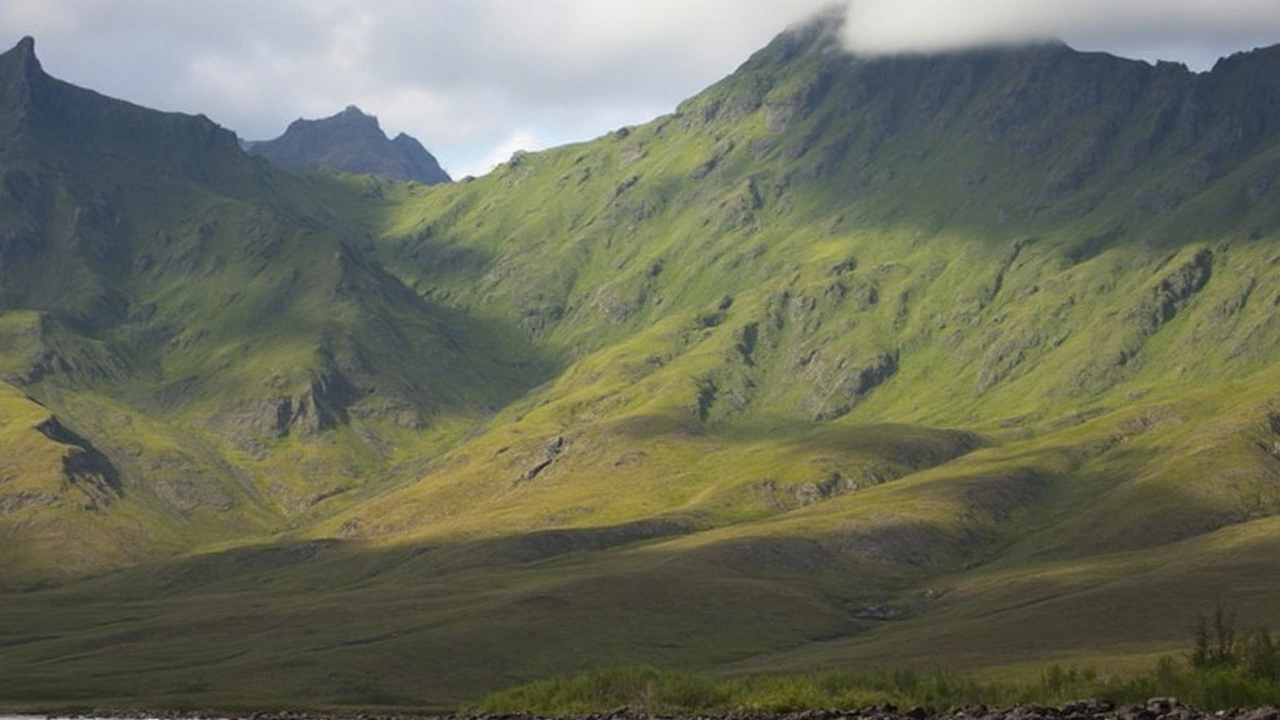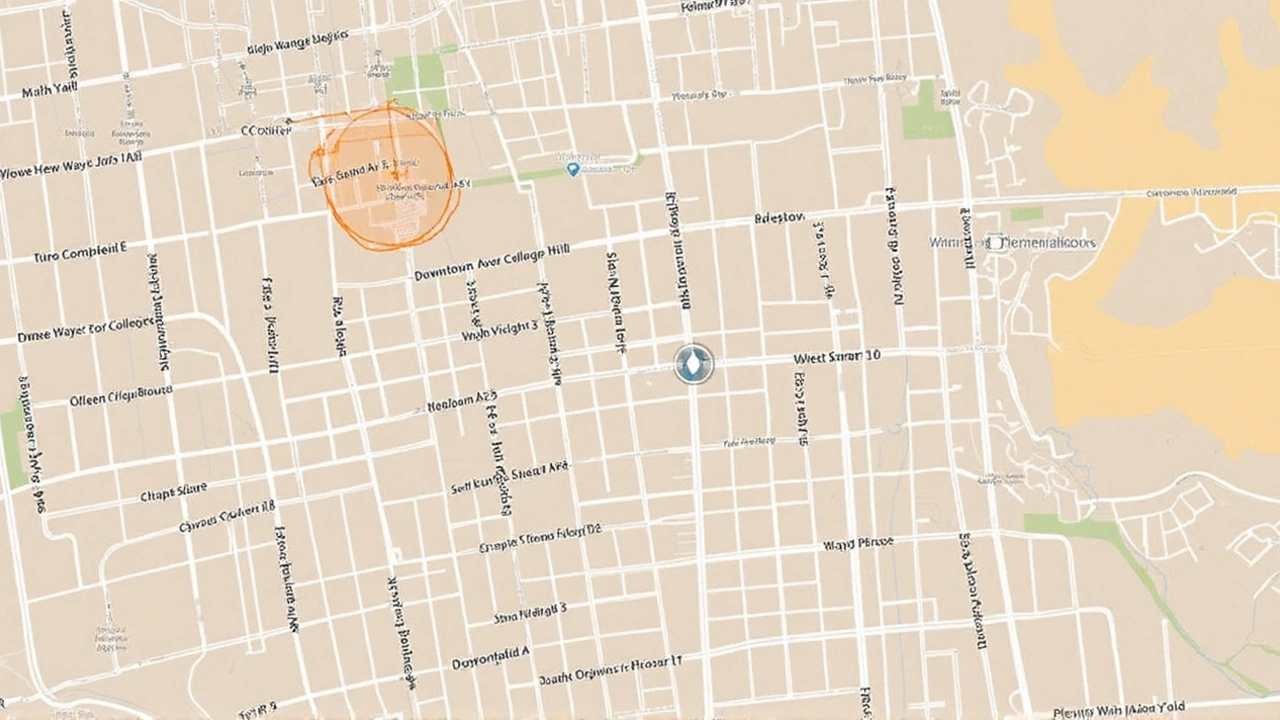Morning tremor hits Berkeley and the Bay Area
At just after 2:50 a.m. on Monday, a shallow quake rattled the eastern side of the UC Berkeley campus. The United States Geological Survey measured it at magnitude 4.3, with the epicenter buried about 7.8 km (five miles) below ground. The shaking was strong enough to wake residents in nearby neighborhoods and trigger a flood of reports – more than 22,000 people let the USGS know they felt it.
Even though the quake’s power was moderate, the tremor traveled far. People as far north as Santa Rosa and as far south as Stockton said they felt the ground move. The following list shows the main areas where the shake was reported:
- Berkeley (right on campus)
- Oakland
- San Francisco
- Santa Rosa
- Stockton
There were no immediate injuries and no major buildings reported as damaged. The National Weather Service confirmed through its social‑media channels that there was no tsunami threat.

Why Berkeley feels the quake so intensely
Berkeley isn’t just another city on the fault map – it sits directly on the Hayward Fault, a major strike‑slip fault that runs through the campus. Horst Rademacher of the Berkeley Seismological Laboratory has pointed out that UC Berkeley is the only major university in the world with a dangerous fault threading its grounds. That fact makes every tremor feel a little more personal for students and faculty.
After the main shock, scientists said they were still working to identify which fault segment actually moved. While the Hayward Fault is the usual suspect, the Bay Area has a complex web of smaller faults that can generate quakes of this size. Seismologists warned that small aftershocks are likely, and residents were advised to stay alert.
Local authorities reminded the community that the university has robust emergency‑response plans. Buildings on campus are constructed to strict seismic standards, and regular drills help keep everyone prepared. The recent event serves as a real‑world reminder that those plans aren’t just paperwork – they’re vital when the ground starts shaking.
For those who live or work near the campus, the quake highlighted the importance of having an emergency kit, knowing safe drop‑cover‑hold spots, and keeping a line of communication open with classmates or coworkers. Even without major damage, the experience can be unsettling, especially when it happens in the middle of the night.
Officials continue to monitor the situation, and any aftershocks will be logged and shared with the public. The episode underscores how active the Bay Area’s seismic landscape is and why preparedness remains a top priority for everyone in the region.

